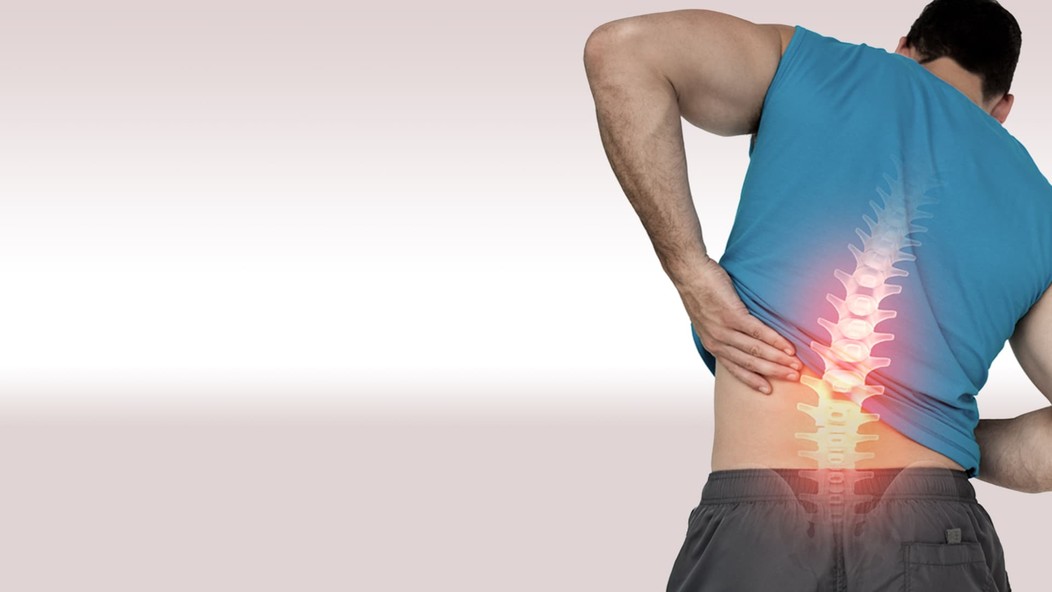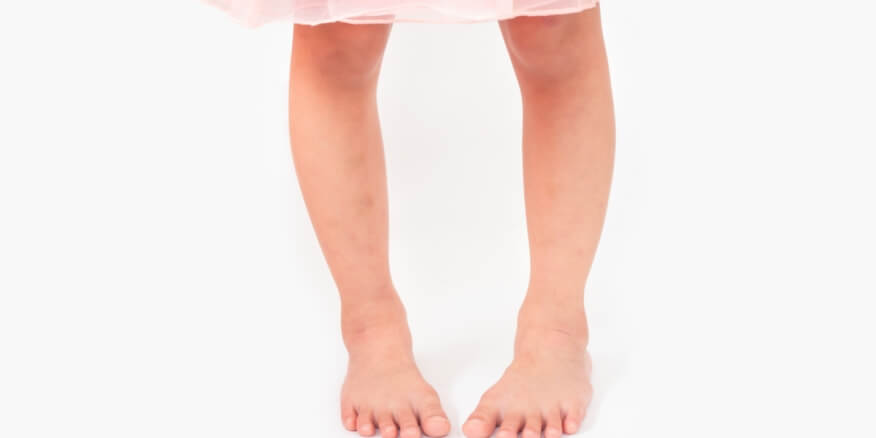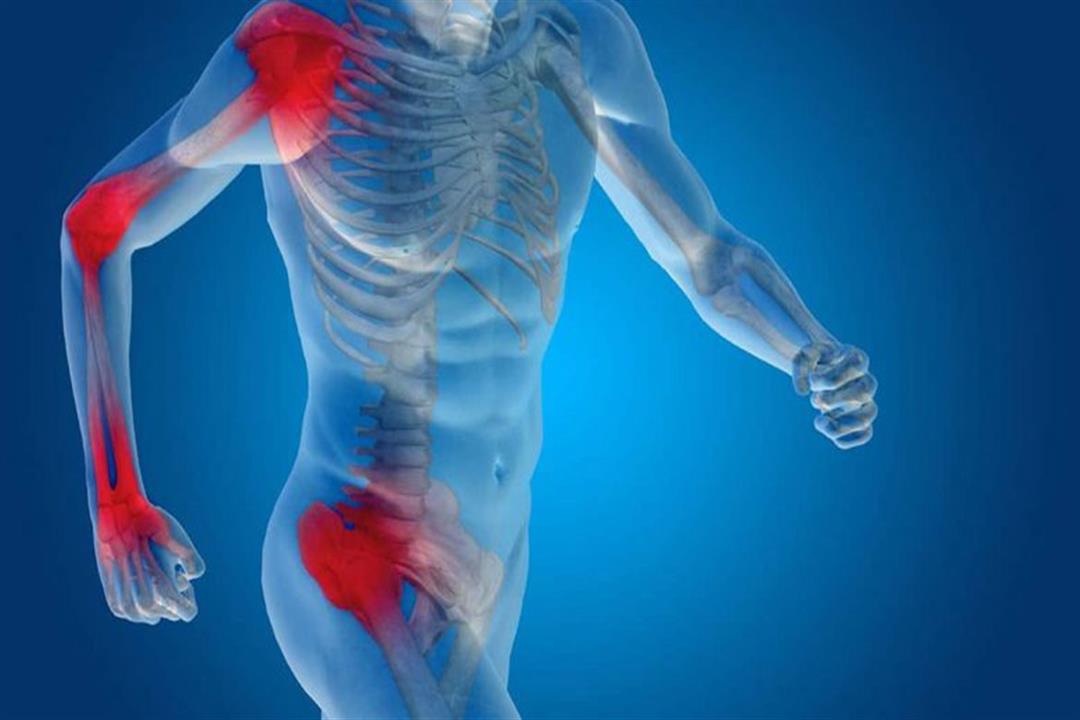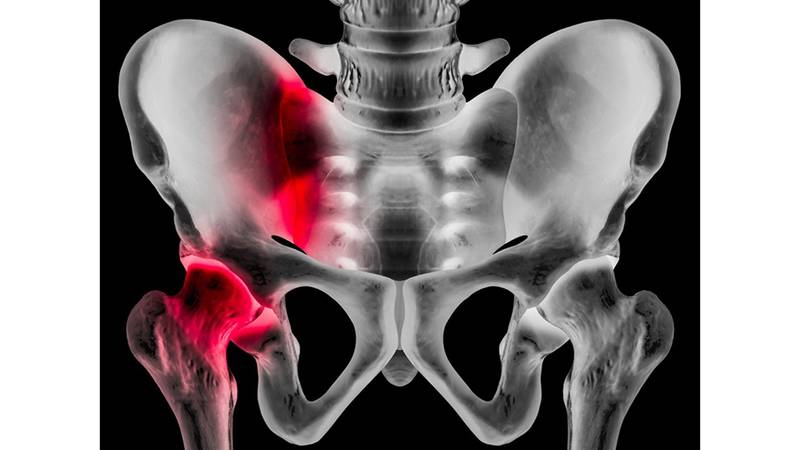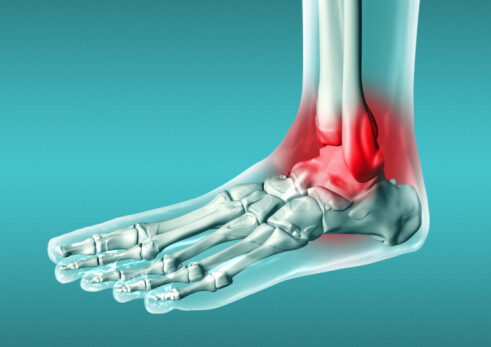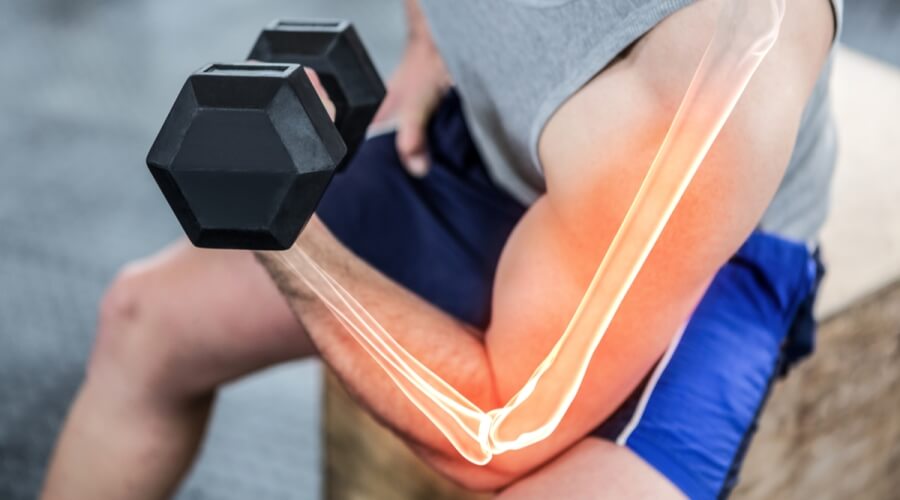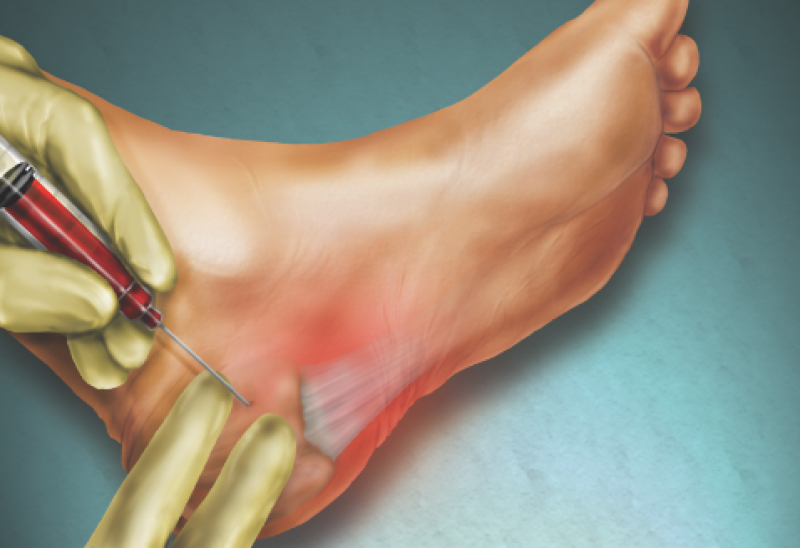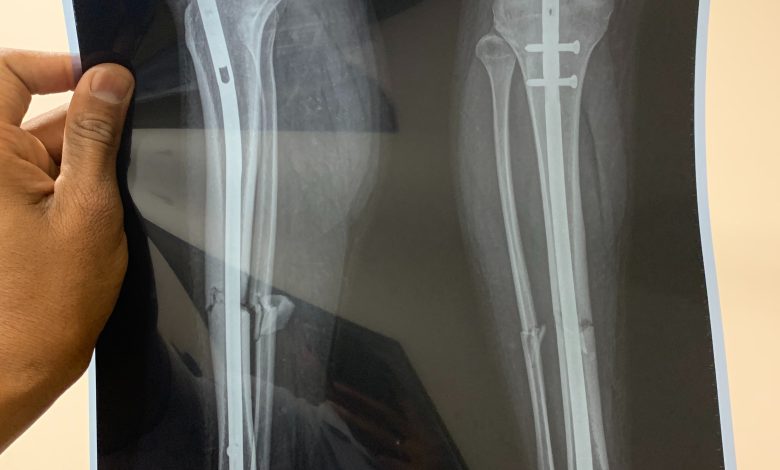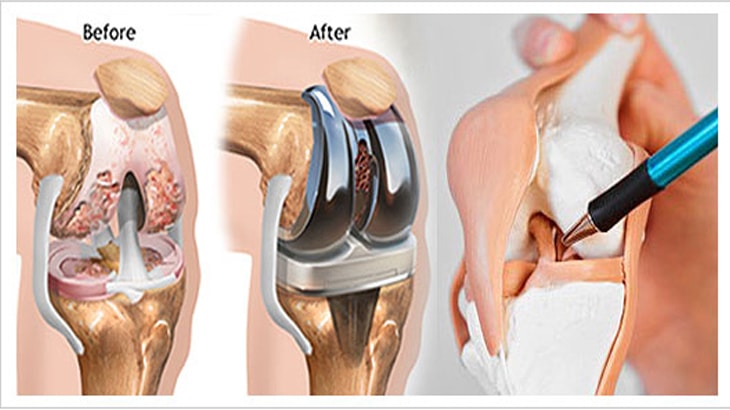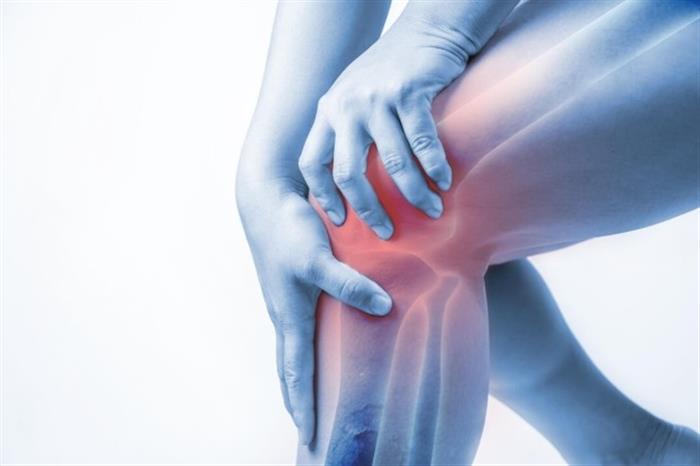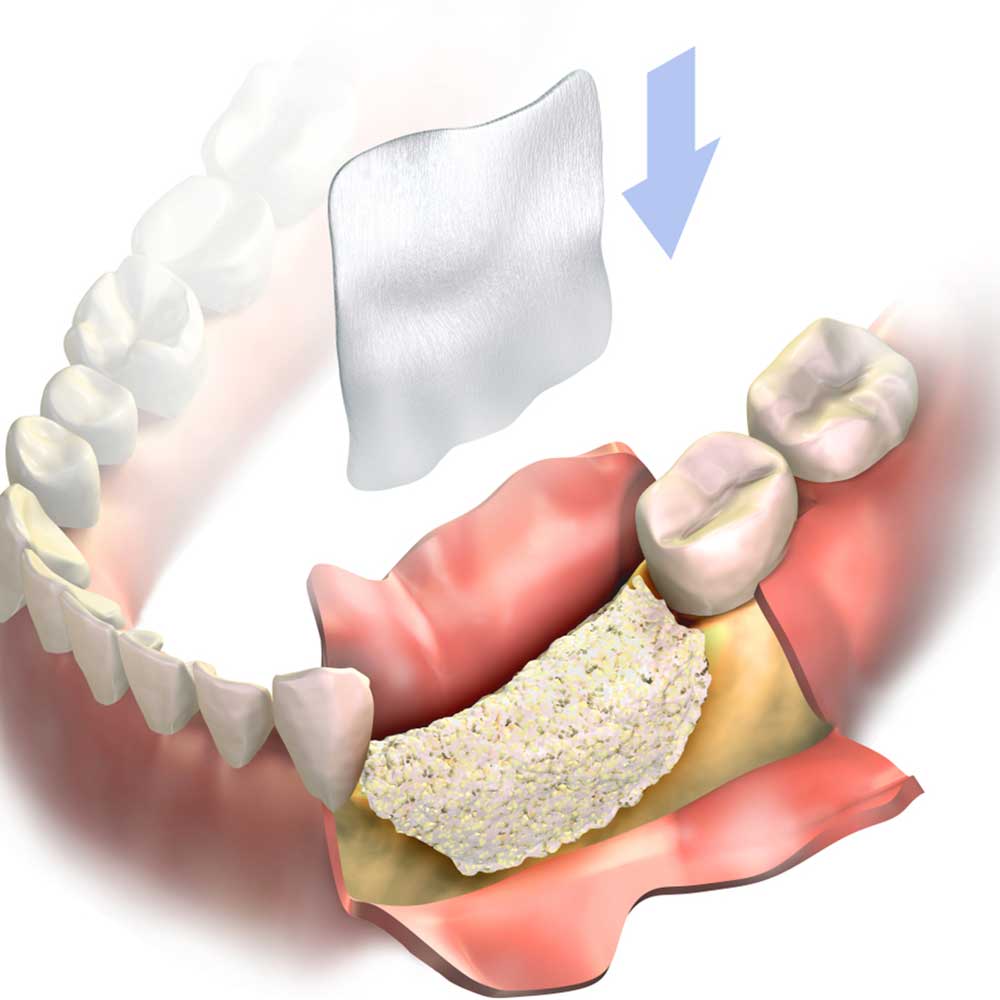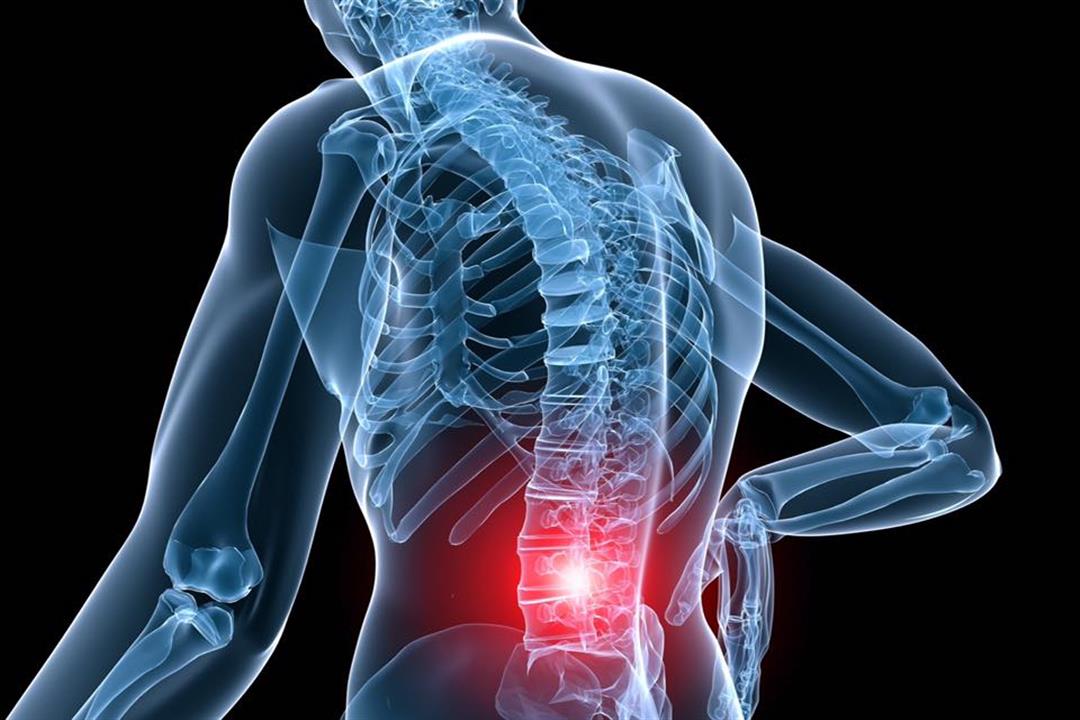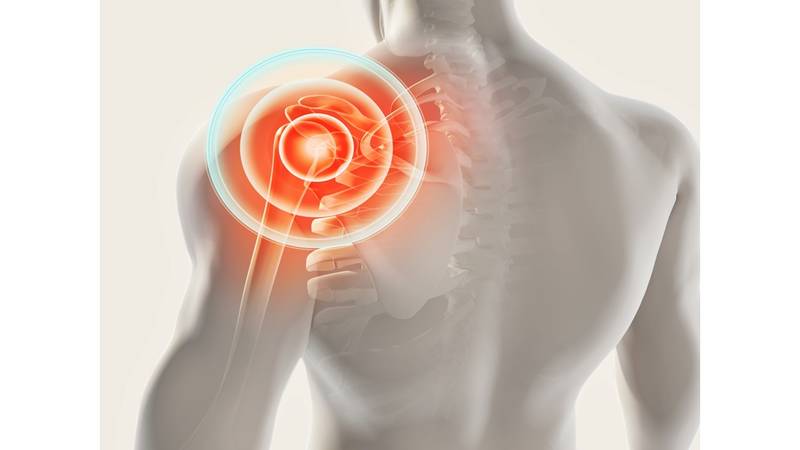Learn about the Duration of Shoulder Dislocation Treatment and When It Becomes Dangerous?
Duration of Shoulder Dislocation Treatment
7 Things You Should Know About the Duration of Shoulder Dislocation Treatment
- Recovery Time Depends on the Severity of the Injury:
- It takes about 3 – 12 weeks to recover from a shoulder dislocation.
- The duration of treatment varies depending on the severity of the injury, with longer treatment needed for more serious cases.
- Anterior vs Posterior Injury:
- There is a difference between anterior and posterior shoulder dislocations in terms of location and impact.
- Anterior shoulder dislocations can generally be treated at home with self-care, while posterior dislocations require medical intervention.
- Consulting a Doctor:
- In the case of a shoulder dislocation, it’s important to consult a doctor for an accurate assessment of the injury and appropriate treatment.
- The doctor will determine when to use a sling or brace to stabilize the affected shoulder.
- Reducing Pain and Swelling:
- Muscle relaxants or pain relievers may be needed to alleviate symptoms.
- Applying ice to the shoulder can help reduce inflammation and pain.
- Rehabilitation Program:
- After stabilizing the dislocated shoulder, it is advisable to start a rehabilitation program designed to improve shoulder movement and strength.
- The program helps in regaining joint stability and improving your ability to move normally.
- Avoidance and Protection:
- Avoid painful activities and lifting heavy weights until the shoulder has fully recovered.
- You may need to change some lifestyle habits and avoid situations that expose the shoulder to further injury.
- Monitoring the Condition:
- Treating a shoulder dislocation requires careful monitoring by a doctor.
- If symptoms do not improve or complications arise, it is necessary to consult the doctor for further assessment and advice.
Before implementing any advice or treatment program, consult a specialist doctor for accurate diagnosis and appropriate treatment.
Does Shoulder Dislocation Require Physical Therapy?
Shoulder dislocation is a common injury that occurs when the arm is pulled or twisted forcefully. When a shoulder dislocation happens, many wonder whether physical therapy is necessary or not. Generally, physical therapy can be effective in restoring normal shoulder functions after a dislocation. However, it’s important to consult a specialist to assess your condition and determine the appropriate treatment.
Benefits of Physical Therapy for Shoulder Dislocation:
- Physical therapy helps in alleviating pain and swelling in the injured shoulder.
- It aids in restoring joint flexibility and movement and can help strengthen the tightened and damaged shoulder muscles.
- Physical therapy may reduce the risk of future shoulder dislocations.
Physical Therapy Techniques Used:
- Resistance Exercises: Include stretching, bending, lifting, and lowering arm techniques to strengthen shoulder muscles.
- Balance Exercises: Assist in restoring balance and stability to the injured shoulder.
- Muscle Massage: Can help relieve tension, increase blood flow, and improve motor functions.
- Heat and Cold Techniques: The use of heat therapy and cold therapy can help reduce pain and swelling.
When is a Shoulder Dislocation Serious?
- Accompanying Fractures: Shoulder dislocation can be serious if it is accompanied by fractures in the bones around the joint. In this case, surgery may be required to repair the fractures and stabilize the joint.
- Damage to Blood Vessels and Nerves: A shoulder dislocation can also cause damage to the blood vessels or nerves around the joint. If there is any cramping, numbness, or weakness in the arm or hand, immediate medical care should be sought to assess the damage and direct appropriate treatment.
- Recurrence of Dislocation: If there is a history of previous shoulder dislocations, the current dislocation could be more serious. The shoulder joint is one of the most prone to recurrent dislocations, increasing the risk of future occurrences.
- Ligament or Tissue Tears: A shoulder dislocation may lead to ligament tears or damage to surrounding tissues. If there is persistent pain, swelling, or difficulty moving, consult a doctor to evaluate the injury and guide appropriate treatment.
- Impact on Movement and Daily Function: If a shoulder dislocation significantly affects arm movement and the ability to perform daily activities, immediately consult a physical therapist or sports doctor for advice and to start necessary treatment.
In the end, individuals who experience any symptoms or injuries indicative of a shoulder dislocation should seek the necessary medical care. A doctor can assess the injury, determine its severity, and direct appropriate treatment to alleviate pain and improve function.
Does shoulder dislocation recur?
- Recurrent shoulder dislocation is a common problem among young people and athletes, and the shoulder joint is the most susceptible to this type of injury. If the joint experiences a dislocation once, the risk of recurrent dislocation increases.
- Shoulder dislocation can occur in multiple directions, whether it is anterior, posterior, or lateral. The anterior dislocation is the most common and often occurs due to physical contact in sports activities. In severe cases of dislocation, there may be tears in the muscles, ligaments, and tendons that support the shoulder joint. There is also the risk of affecting nerves or blood vessels within or around the shoulder joint, increasing the likelihood of recurrent dislocation.
Here are some common complications associated with recurrent shoulder dislocation:
- Tearing of muscles, ligaments, and tendons: Tearing of the tissues supporting the shoulder joint may occur due to recurrent dislocation. Such cases may require surgery to repair the damaged tissues.
- Nerve and blood vessel problems: The nerves or blood vessels near the shoulder joint may be affected, increasing the likelihood of recurring tears or dislocations.
- Deformity of the shoulder: Recurrent dislocation may cause deformity or misalignment of the shoulder, requiring surgical repositioning to resolve this deformation.
- Pain and other symptoms: The affected individual may feel numbness, weakness, or tingling in the injury area, such as the neck or lower arm. They may also experience muscle spasms in the shoulder, which can increase pain severity.
If you suffer from a shoulder dislocation, it is important to seek medical help immediately. This may involve bringing the shoulder back to its proper place and stabilizing it using various methods, such as slings or splints. In cases of recurrent dislocation, surgical treatment may be necessary to strengthen the joint and reduce the likelihood of future problems.
It is worth noting that this information is based on data available online. Before making any treatment or diagnostic decisions, you should consult a specialized doctor for appropriate medical advice and individual case evaluation.
Exercises After Shoulder Dislocation?
Post-Injury Muscle Rehabilitation and Strengthening Program
After a patient recovers from shoulder dislocation and the pain subsides, they begin physical therapy and rehabilitation to regain strength and normal movement in the shoulder. The physical therapist guides the patient through a series of specifically designed exercises to strengthen the shoulder muscles and correctly restore their movement. In this article, we will review some post-dislocation shoulder exercises that can contribute to the patient’s recovery:
- Early Movement Exercises: The physical therapy program begins with simple kinetic exercises to improve shoulder flexibility and stimulate its natural movement. These exercises may include rebounding movements, lateral spreading, and gently rotating upwards and downwards.
- Muscle Strengthening Exercises: After improving movement, the patient can start exercises to strengthen the shoulder muscles. Light weights or elastic resistance can be used to intensify the exercises. Effective exercises include:
- Lateral Arm Raise: Slowly lift the injured arm sideways until the arm is parallel to the ground, then gently lower it.
- Wrist Wobble: Sit on a chair and hold a light weight in your hand, then start to throw the weight with your palm going upwards and downwards using only your wrist.
- Elbow Flexion and Extension: Place your injured arm at a 90-degree angle, then extend the elbow and then bend it slowly.
- Balance and Stability Exercises: These exercises aim to improve balance and stability after a shoulder dislocation. A Bosu ball or elastic ropes can be used to perform these exercises. Useful exercises include standing on one leg for a few seconds, crossing legs and arms simultaneously, and sitting on a Bosu ball and gently moving the shoulders.
- Flexibility Exercises: Before and after training, flexibility exercises are recommended to improve shoulder flexibility and relieve tension. Some useful exercises include gently flipping and extending the back and side of the shoulder, extending the back while sitting, and extending the arm over the head and tilting it sideways.
Please note that it is important to consult a specialist doctor or physical therapist before starting any rehabilitation program after shoulder dislocation to ensure safety and effectiveness. Also, consider exercises that are individually suited to each person’s condition.
How to Sleep with a Dislocated Shoulder?
If you have undergone shoulder joint surgery and are looking for ways to sleep comfortably and safely, here are some important tips:
- Use a Semi-Reclining Position: Sleep in a semi-reclining position to slightly elevate the upper part of your body from the thighs and bend the knees. This position is considered the best for most people who have undergone shoulder surgery, as it reduces stress on the joint and surrounding tissues.
- Use Pillows for Support: To avoid rolling onto the injured shoulder while sleeping, place some pillows beside and/or behind your injured side. Soft pillows that the arm can sink into are preferred over hard pillows, as they act as a barrier to maintain shoulder stability and prevent pressure.
- Avoid exposing the shoulder to direct cold: Before applying anything cold to your swollen shoulder, wrap it in a towel or a thin rag to prevent irritation or skin burns from the cold. If you use crushed ice or ice cubes to relieve pain, be sure to place them on the shoulder for a period ranging from 15 minutes to the point of numbing the area.
- Avoid sleeping on a mattress after surgery: It is preferable to avoid sleeping on a mattress after shoulder surgery, even if you are in a semi-reclining position. For additional protection, you can place an extra pillow to support the injured shoulder on your side.
- Avoid excessive activity during the recovery period: Maintain rest during your recovery period from shoulder surgery and avoid activities that might shake the shoulder, such as running or training on a stair machine, and avoid colliding with friends.
- Use a sling: It may be difficult to move the shoulder after surgery, so you can use a sling to provide necessary support and reduce shoulder movement.
- Consult your doctor: Regardless of the sleeping position you choose, it is best to consult your treating physician before making any decision. He may have more personal advice and recommendations tailored to your condition.
Please note that these tips are based on information available online and may vary from person to person. It is always best to seek direct advice from your doctor to ensure the best comfort and recovery for your shoulder after surgery.
What are the types of shoulder dislocation?
Shoulder dislocation is a common injury that occurs in the shoulder joint and can happen for various reasons, such as falling on the shoulder or being exposed to a strong force. Based on the nature of the dislocation and its location, it can be divided into several different types. In this text, we will shed light on the most common types of shoulder dislocation and their symptoms.
- Anterior Shoulder Dislocation:
- The most common type of shoulder dislocation.
- Occurs when the upper arm bones come out of the cup-shaped cavity in the shoulder blade.
- Common symptoms include sharp pain in the shoulder, swelling, and inability to freely move the arm.
- Posterior Shoulder Dislocation:
- Occurs due to a strong force affecting the shoulder from the back.
- Characterized by the upper arm coming out of the back part of the spherical cavity.
- Common symptoms include acute pain and numbness, and difficulty moving the shoulder.
- Inferior Shoulder Dislocation:
- Less common than the others, but still considered a serious type.
- Happens due to a loss of cohesion between the rotator cuff and the spherical cavity.
- Usual symptoms include sharp pain and weakness in the shoulder, and difficulty carrying things.
Can Shoulder Dislocation Be Treated?
Upon diagnosing a shoulder dislocation, an appropriate treatment plan is determined based on the type and severity of the dislocation. Treatment options may include:
Non-surgical Treatment:
- This method is used in uncomplicated shoulder dislocation cases.
- Non-surgical techniques include repositioning the shoulder back to its normal location using local anesthesia techniques and mobility training.
Surgical Procedure:
- The decision for surgery is made in cases of severe or persistent shoulder dislocation.
- Possible surgical procedures include repairing damaged muscles and ligaments and stabilizing the shoulder using rods or surgical plates.
Regardless of the type of shoulder dislocation, it is essential for the patient to consult a specialist for appropriate treatment. Long-term treatment and individual work with a physiotherapist may be required to gradually restore strength and movement of the shoulder.
Finally, it should be noted that shoulder dislocation can lead to complications such as tearing of muscles, ligaments, and tendons, and damage to nerves and blood vessels. Therefore, immediate medical assistance should be sought if you experience symptoms of shoulder dislocation.
What Causes Shoulder Clicking?
Many people experience the phenomenon of shoulder clicking when moving the shoulder joint, and these annoying sounds may raise questions about their cause and whether they pose a health risk. In this article, we will review some of the possible causes of shoulder clicking.
Joint Cavity:
- The shoulder joint consists of three bones: the humerus, the scapula, and the clavicle. This joint is weakly stabilized as the bones are separated from each other and are held together by ligaments, tendons, and muscles. The clicking sound we hear may result from the natural slipping of bones within their cavities during joint movement.
Movement of Tendons and Ligaments:
- The tendons and ligaments surrounding the shoulder joint are linked to the clicking phenomenon. As the joint moves, the tendons and ligaments may move and activate in a way that produces these sounds. The appearance of clicking may be associated with weakness in stabilizing the tendons and ligaments, which can lose their elasticity and become slightly lax.
Increased Pressure on the Joint:
- When the joint is overloaded or subjected to strong pressure, shoulder clicking may occur. These pressures can be from external factors, such as carrying or lifting heavy objects incorrectly, or internal factors, such as muscle spasms around the shoulder or fibrosis in the ligaments.
Possible Medical Conditions:
- In rare cases, shoulder clicking can result from specific medical conditions such as tendonitis or muscle inflammation in the area, or abnormalities in the cartilaginous cuff surrounding the head of the bone in the joint. In the case of accompanying symptoms such as severe pain, persistent swelling, or shoulder deformity, it is advisable to consult a doctor for an accurate diagnosis and necessary treatment.
It should be noted that generally, shoulder clicking is not considered a serious condition and does not warrant concern, especially if it is not accompanied by any other symptoms. However, it is better to avoid repeating movements that cause clicking and to try to correct the position of the shoulder and avoid using it for extended periods. Cold compresses also help in recovering from shoulder injuries more quickly.
If you are experiencing any disturbing or abnormal symptoms, it is advisable to visit a doctor for an accurate diagnosis of your condition and to receive appropriate guidance and treatment.

